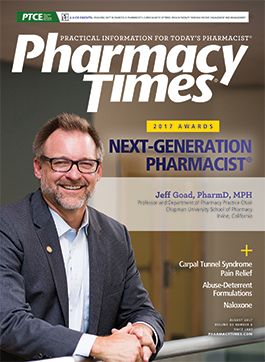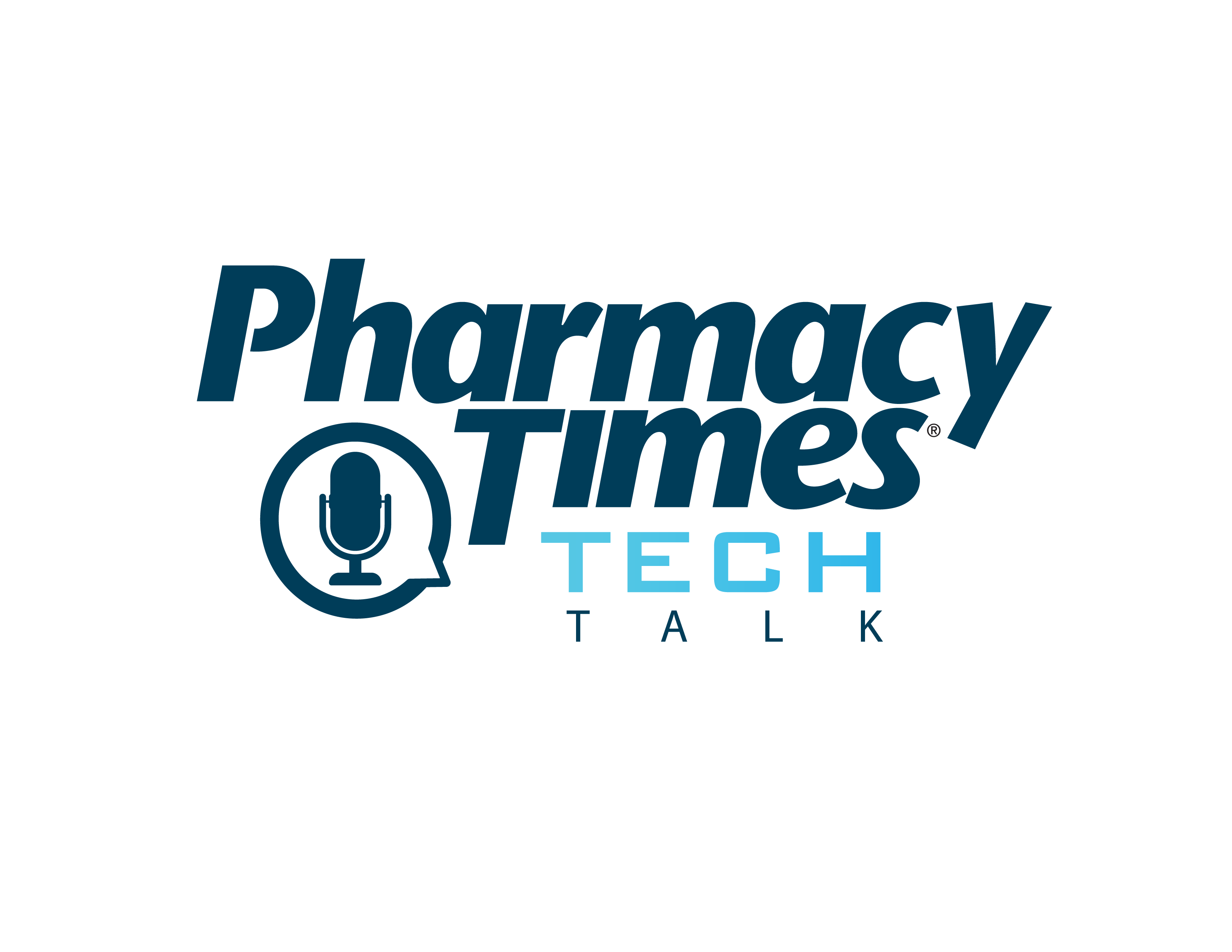Publication
Article
Pharmacy Times
USP 800: A Primer for Community Pharmacists
Author(s):
In the evolving world of pharmacy practice, many are asking what is included in the key provisions of the United States Pharmacopeial Convention (USP) 800 when it comes to transport, storage, preparation, and compounding.
In the evolving world of pharmacy practice, many are asking what is included in the key provisions of the United States Pharmacopeial Convention (USP) 800 when it comes to transport, storage, preparation, and compounding.
For starters, it is important to understand that the USP is a scientific nonprofit organization that sets the standards for the identity, strength, quality, and purity of medicines, food ingredients, and dietary supplements. These standards are enforceable on both the state and federal levels and are given the force of law by incorporating those chapters of USP by reference into existing laws or regulations. With respect to USP 800, an expert committee for compounding was convened, comprising 14 pharmacists, 1 epidemiologist, USP staff, and FDA and CDC representatives who have input but no voting power.
Essentially, USP 800 builds on USP 795 and 797. It clearly makes Occupational Safety and Health Administration standards priorities and is essentially written to protect health care workers and their working environments. USP 800 specifically adds the element of “hazardous drugs,” and the overriding philosophy of the chapter is that there is essentially no acceptable level of exposure to hazardous drugs. In short, exposure should be limited to the lowest possible level using ventilation and engineering controls as well as enhanced personal protective equipment. USP 800 standards apply to all individuals who handle hazardous drugs and all the environments in which they are prepared, whether they are sterile or nonsterile compounds or products. Those protections extend to product transport, storage, preparation, and compounding, as well as disinfection, spill control, disposal, documentation, medical surveillance, and cleaning, among other things. Additionally, closed-system transfer devices (CSTDs) play an important role in USP 800. CSTDs are supplemental controls intended to minimize direct contact of the drug with a health care professional or patient. CSTDs should be used when compounding hazardous drugs and when administering hazardous drugs when the dosage form permits this.
USP 800 requires that clean rooms be effectively redesigned to meet its more stringent compliance requirements. One of the benefits of the facility redesign is that hazardous drugs cannot be stored, unpacked, compounded, or otherwise manipulated in an area that is positive pressure relative to their surroundings. Thus, laminar flow hoods or aseptic isolators cannot be used. The room must have neutral pressure or negative pressure. It also must have periodic ventilation exchanges externally. Essentially, the clean room must be segregated for hazardous drugs, presumably in a separate room, must be negative pressure, must be externally vented, and must have appropriate air changes each hour. This is a key issue for many existing pharmacies because the cost of retrofitting them to meet the standards of USP 800 is in some cases cost-prohibitive.
Many have asked about the purpose of USP 800 in protecting nurses and pharmacists. Hazardous drugs have at least 1 of the following 6 criteria: carcinogenicity, teratogenicity, reproductive toxicity, organ toxicity, genotoxicity, or are new drugs that mimic hazardous drugs in structure or toxicity. Any of these could be harmful to a health care professional with repeated exposure. By enhancing clean rooms and appointing a “compounding supervisor” who is tasked with overseeing facility compliance and requiring personnel training for all individuals engaged in handling hazardous drugs, the conventional wisdom is that this will further protect the health care professional. Finally, an essential feature of USP 800 includes the requirement of using personal protective equipment. These include American Society for Testing and Materials—tested chemotherapy gloves; impervious gowns; head, hair, and sleeve covers; eye and face protection; and, of course, respiratory protection. These additional provisions in USP 800 are an added layer of protection for health care professionals.
Ned Milenkovich, PharmD, JD, is chairman of the health care law practice at Much Shelist PC and vice-chairman of the Illinois State Board of Pharmacy. He can be reached by phone at (312) 521-2482 or e-mail at nmilenkovich@muchshelist.com.







